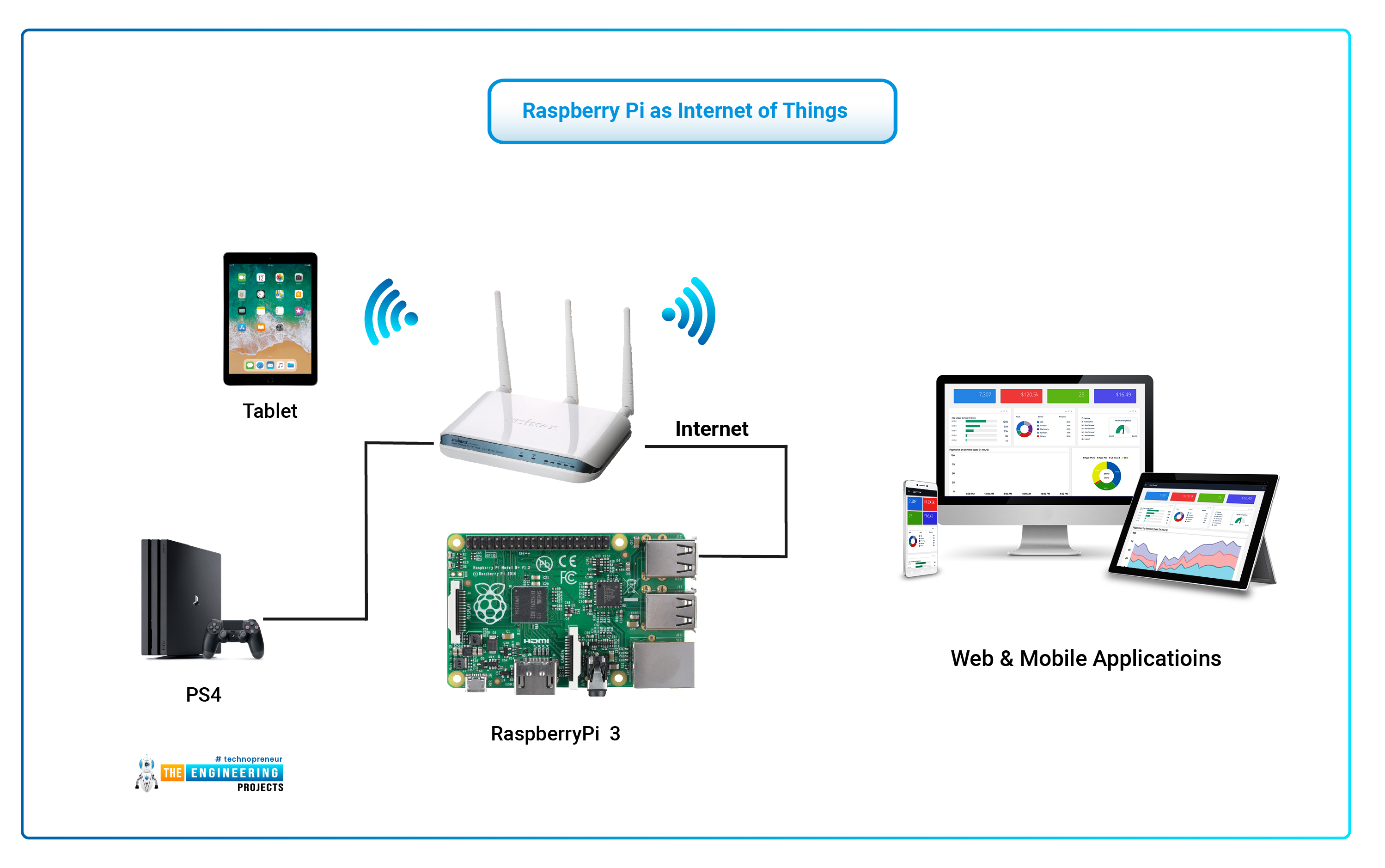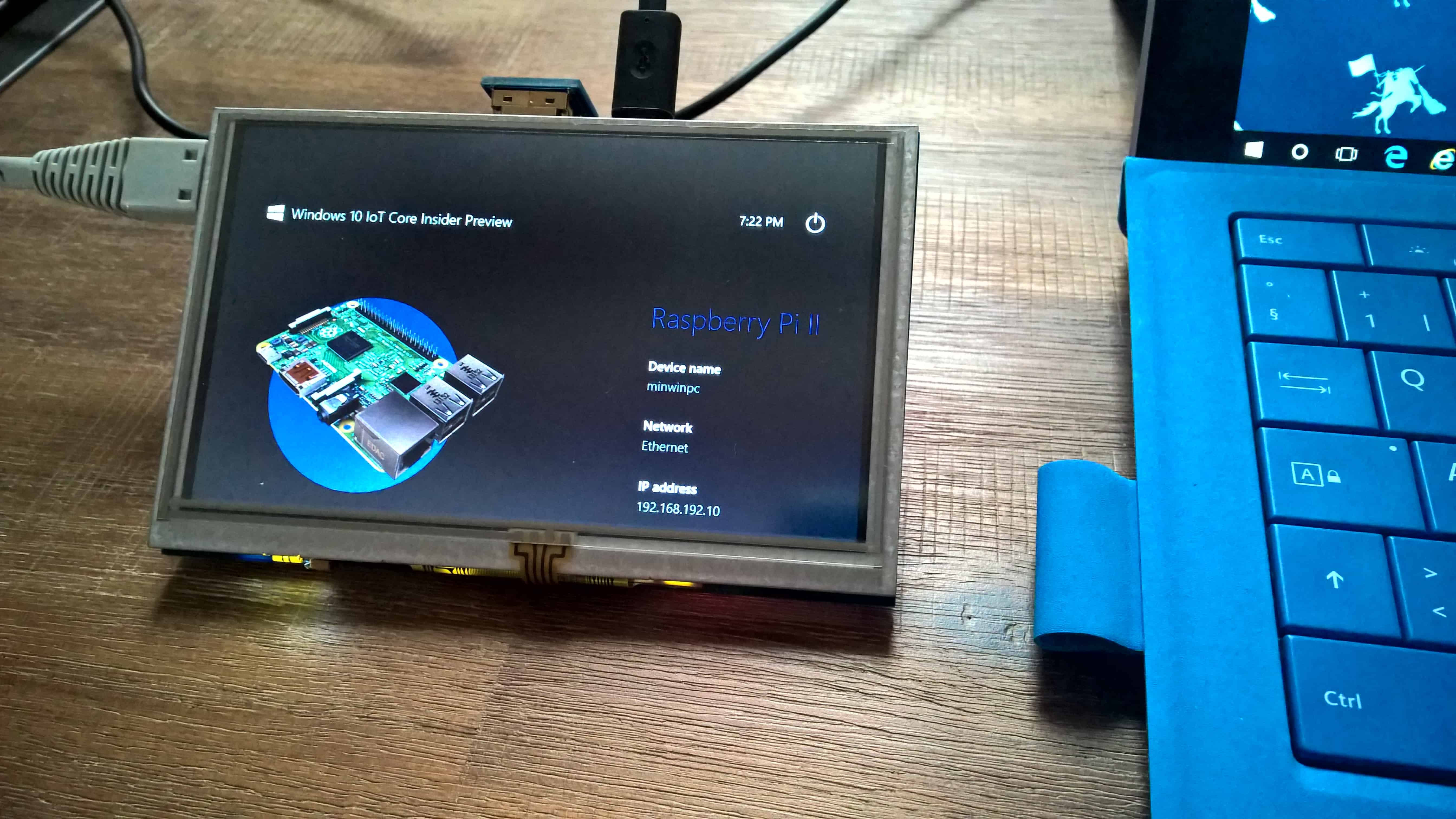Unlock Global Control: Mastering Remote IoT Access With Raspberry Pi Via SSH
Imagine a world where managing your smart home devices, sensors, and Raspberry Pi projects is as effortless as enjoying a cup of coffee on a distant beach. The dream of remote access to your IoT ecosystem is not only possible but also practical with the power of Secure Shell (SSH) and a Raspberry Pi. This article dives deep into the nuances of setting up a robust remote IoT platform, empowering you to manage and control your devices from anywhere in the world. Whether you're a tech enthusiast or a professional seeking to streamline operations, this guide will demystify the complexities of remote IoT management.
Remote access to IoT devices has long been a challenge due to security concerns, connectivity issues, and technical barriers. However, with the right tools and techniques, the Raspberry Pi becomes an indispensable ally in this endeavor. By leveraging SSH, a protocol designed for secure communication over unsecured networks, you can establish a reliable connection to your IoT devices. This method eliminates the need for being physically present or tethered to a local network, offering unparalleled freedom and flexibility. The ability to monitor and control your devices from afar opens up endless possibilities, from automating your smart home to managing industrial systems.
| Category | Information |
|---|---|
| Topic | SSH Raspberry Pi IoT Remote Access |
| Key Concepts | Secure Shell (SSH), Raspberry Pi, Internet of Things (IoT), Remote Access, Port Forwarding, Dynamic DNS, VPN, Security |
| Benefits | Remote device management, Data collection, Automation, Security monitoring, Cost-effectiveness, Accessibility |
| Tools & Technologies | SSH client (e.g., PuTTY, Termius), Raspberry Pi OS, IoT platforms (e.g., Home Assistant, Node-RED), Dynamic DNS services (e.g., DuckDNS), VPN software (e.g., OpenVPN), Cloudflare Tunnel, Ngrok |
| Security Considerations | Strong passwords, Key-based authentication, Firewall configuration, Regular software updates, Intrusion detection |
| Applications | Home automation, Remote monitoring systems, Industrial IoT, Smart agriculture, Environmental sensing, Robotics |
| Example Scenario | Remotely monitoring temperature and humidity sensors in a greenhouse using a Raspberry Pi and accessing the data via SSH from a mobile app. |
| Troubleshooting Tips | Connection issues, Authentication failures, Firewall problems, Performance bottlenecks, Security breaches |
| Further Resources | Raspberry Pi Official Documentation, Online forums, IoT communities, Security blogs |
The significance of SSH in enabling remote access cannot be overstated. For instance, consider the case of a smart greenhouse equipped with temperature and humidity sensors. Traditionally, monitoring these sensors would require physical presence or reliance on a local network. However, by integrating a Raspberry Pi with SSH, the data can be accessed securely from any location with an internet connection. This capability is particularly valuable for farmers and agriculturalists who need real-time insights into their growing environments. Similarly, industrial IoT systems can benefit immensely from remote access, allowing engineers to troubleshoot and optimize machinery without geographical constraints.
- Dragon Tales Norm The Number Gnome Facts Fun
- Discover Grove Hall Boston History Homes Community Guide
The versatility of the Raspberry Pi extends beyond personal use cases. Tech giants like Amazon and Google have already embraced IoT solutions for their smart home ecosystems, leveraging similar principles of remote access. The trend is not confined to consumer electronics; industries such as healthcare, manufacturing, and logistics are increasingly adopting IoT technologies. In the healthcare sector, remote patient monitoring systems powered by IoT devices are revolutionizing telemedicine. Meanwhile, manufacturing plants are deploying IoT sensors to enhance operational efficiency and predictive maintenance.
While the advantages of remote IoT access are undeniable, it is crucial to address potential security risks. Unauthorized access to IoT devices can lead to data breaches, privacy violations, and even physical harm in critical infrastructure. To mitigate these risks, best practices include implementing strong passwords, enabling key-based authentication, configuring firewalls, and keeping software up to date. Additionally, employing a Virtual Private Network (VPN) or services like Cloudflare Tunnel can enhance security by encrypting communication between your device and the Raspberry Pi.
The growing popularity of IoT devices has sparked a debate about their societal impact. On one hand, these technologies offer convenience, efficiency, and innovation. Smart homes, for example, reduce energy consumption and improve quality of life. On the other hand, concerns about data privacy and ethical use of technology persist. As IoT adoption continues to rise, it becomes imperative for manufacturers, policymakers, and users to prioritize security and transparency. Celebrities and public figures have also weighed in on the matter, with personalities like Elon Musk advocating for responsible AI and IoT development.
- Compliance Movie Nude Scenes Watch Free Explore Now
- Big Bear Lake Filming Locations Your Guide To Movie Sets
From a technical standpoint, setting up SSH on a Raspberry Pi involves several steps. First, ensure that SSH is enabled on the device by navigating to the Raspberry Pi configuration settings. Next, install an SSH client on your local machine, such as PuTTY for Windows or Terminal for macOS and Linux. Once connected, you can execute commands to interact with your IoT devices. For advanced users, integrating IoT platforms like Home Assistant or Node-RED can streamline the process, providing a user-friendly interface for device management.
In scenarios where static IP addresses are unavailable, dynamic DNS services like DuckDNS can bridge the gap. These services map your changing IP address to a fixed domain name, ensuring consistent connectivity. Another option is using tunneling services like Cloudflare Tunnel or Ngrok, which create secure, encrypted connections between your local network and the internet. These tools are especially useful for bypassing restrictive firewalls or accessing devices behind NAT.
As IoT technologies continue to evolve, the demand for seamless remote access will only increase. Innovations in 5G networks, edge computing, and artificial intelligence are further enhancing the capabilities of IoT systems. For instance, edge computing allows data processing closer to the source, reducing latency and improving response times. This is particularly beneficial for applications requiring real-time decision-making, such as autonomous vehicles or industrial automation.
The implications of remote IoT access extend beyond individual users and businesses. Cities around the world are implementing smart city initiatives, integrating IoT devices into urban infrastructure to improve transportation, energy management, and public safety. Barcelona, for example, has successfully deployed IoT sensors to monitor air quality and optimize waste collection. Similarly, Singapore's Smart Nation program utilizes IoT technologies to enhance connectivity and citizen services.
Despite the numerous benefits, challenges remain in realizing the full potential of IoT. Interoperability between devices from different manufacturers is a persistent issue, often leading to fragmented ecosystems. Standardization efforts, such as the adoption of protocols like MQTT and CoAP, aim to address this problem. Furthermore, the scalability of IoT systems poses a challenge as the number of connected devices continues to grow exponentially.
In conclusion, mastering remote IoT access with SSH and a Raspberry Pi opens up a world of possibilities. From smart homes to industrial systems, the applications are vast and varied. However, it is essential to balance innovation with security and ethical considerations. As technology continues to advance, staying informed and adapting to emerging trends will be key to unlocking the true potential of IoT.



Detail Author:
- Name : Maxwell Hintz
- Username : sstamm
- Email : lmarvin@eichmann.info
- Birthdate : 2005-12-18
- Address : 2738 Jefferey Station Apt. 912 West Raleighburgh, ME 63097
- Phone : 743.798.8481
- Company : Lockman, Jaskolski and Grimes
- Job : Central Office
- Bio : Autem corporis placeat odit deserunt et nostrum culpa. Quia voluptatem vero repellat veniam sit facere. Maiores temporibus ipsam id adipisci. Dolores non incidunt sapiente et.
Socials
twitter:
- url : https://twitter.com/bennie2497
- username : bennie2497
- bio : Aut consequatur eius odio et. Sapiente eos provident voluptatem mollitia nesciunt repellendus. Alias vel assumenda ut et laborum.
- followers : 4998
- following : 604
linkedin:
- url : https://linkedin.com/in/bennie_id
- username : bennie_id
- bio : Quo quos debitis dolor tempore.
- followers : 6294
- following : 951
facebook:
- url : https://facebook.com/bennie.toy
- username : bennie.toy
- bio : Dolor ut ex ducimus et recusandae.
- followers : 1940
- following : 252